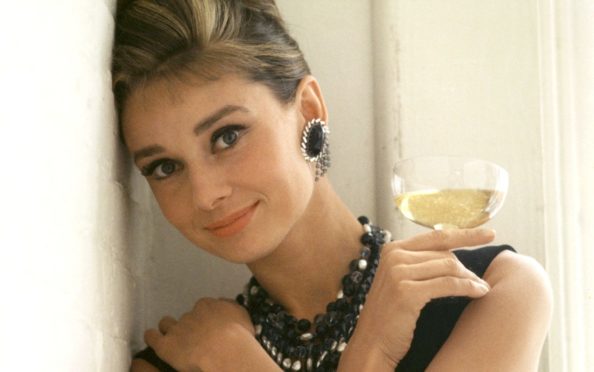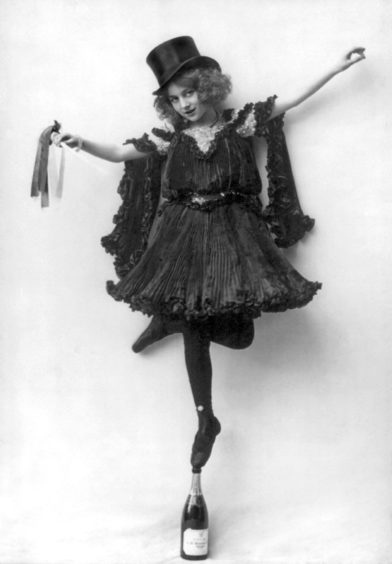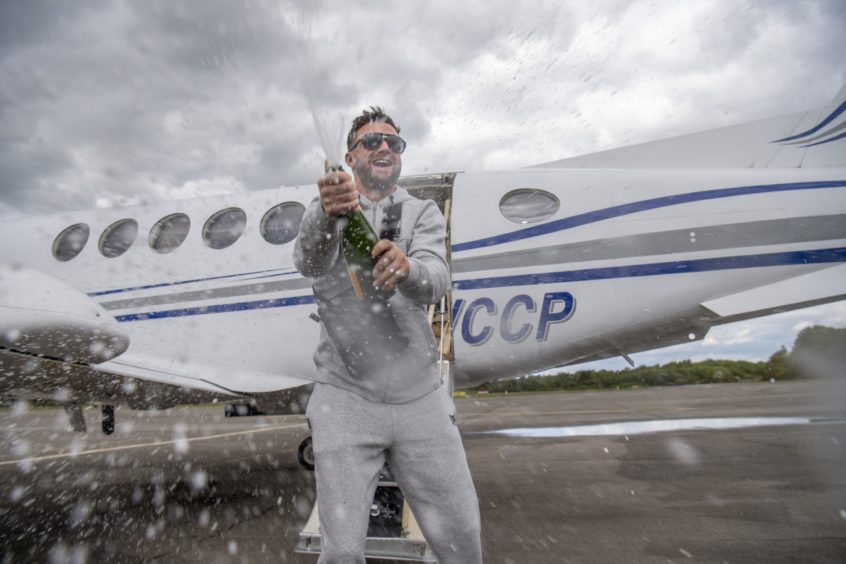
Few of us have not felt a little flat at some point over the last, long year so perhaps it is no surprise that more Scots are popping the cork to put a little bit of fizz back into our lives.
Despite the tough 15 months we have all had to endure, sales of champagne are on the rise. Synonymous with celebrations and good times, it is the tipple we usually turn to in the best of celebration. But it seems the sparkling wine has also helped us through lockdown, with UK sales figures in 2020 surpassing those of 2019. And in the four-week period to Christmas, sales were up 13% on the previous year’s festivities.
Now, as we inch out of lockdown, and as a new documentary about champagne comes to cinemas later this month, experts believe the upward sales trend will continue.
Davy Zyw, from Edinburgh, is a wine buyer for Berry Bros & Rudd, Britain’s oldest fine wine and spirits merchant. He has also written two books celebrating the world’s most famous wine.
“As a wine buyer, I’m seeing this first hand,” he said. “Sparkling wine sales are usually associated with important life events – weddings, anniversaries, birthday parties – and these things didn’t happen last year, so as we are coming out of lockdown there will be a lot more reason to get together and celebrate.
“Emerging from lockdown, Scotland in the Euros – there’s lots to celebrate right now and, as a nation, we’ve been reaching for champagne even more recently.”
Mary McGowne, the founder of the Scottish Style Awards, has organised some of the country’s most glamorous events and parties. She said: “Lockdown has been difficult and all of us have missed life’s celebratory moments but demand for champagne has never been greater as we emerge. People are excited to be together again, especially al fresco.”
Zyw says there are a number of reasons why champagne is our go-to drink for special milestones. “There’s no other drink in the world so interlinked with that sense of celebration – just opening a bottle signifies an occasion,” he said. “It’s ingrained in our culture that when we celebrate, it’s the drink we reach for, more so than any other.
“The French nation used to toast the introduction of a new monarch with the local wine of the Champagne region – that’s the starting point. Over the years it’s become a mark of social status. It’s not a drink most can have all the time and because of its premium price point, it has to be an occasion that justifies popping the cork.
“Also, the very act of opening it entails a sense of drama. The cork, the fizz, the bubbles – there is a real dynamic and theatre to it, which makes it even more of an event.”
McGowne, PR for Moet & Chandon in Scotland, agreed: “The symbolism of popping a bottle of champagne – I call it the ‘thrill of the pop’ – is a bold gesture of generosity towards friends and loved ones, and the feelings of celebration and togetherness it creates all instantly elevate the mood of a party or special occasion. Plus, of course, the champagne bubbles themselves instantly create feelings of effervescence and happiness among guests at a party.”
Zyw says that is part of the attraction of champagne. “As well as the aspirational lifestyle it conveys, and the celebrity endorsements and social status, the flavour is delicious and unique to sparkling wine. Scientifically, it gets you excited and buzzed quicker, because of the bubbles, which carry more flavour than the liquid itself. The bubbles popping in the mouth, throat and stomach release alcohol into the bloodstream quicker than a still wine does.
“There’s an elation after the first glass that you wouldn’t experience if you were drinking another wine. That’s why all these big events start with a glass of champagne. It’s going to give off a different effect when drinking it – it’s fun, fizzy, complex, yet easy to drink.”
The new documentary, Sparkling: The Story Of Champagne, raises the question of whether the drink is actually an English invention.
Zyw stops short of agreeing, but says there are definite links to champagne’s evolution and success that can be attributed to the UK. “The science behind understanding secondary fermentation in bottles, which is the reason why champagne is sparkling and tastes the way it does, was put forward in a scientific paper by an English scientist, Christopher Merret, in the 1700s – this was before the makers in Champagne fundamentally understood the scientific process of what was happening in the bottles. Merret understood that if you put sugar in the bottle it achieved a certain level of carbonisation.
“Although he was one of the first to understand this, it wasn’t the English who took that idea and created or fine-tuned it. It was the people of Champagne – although we do now have some incredible sparkling wines here in the UK. Also, the furnaces in France making the glass bottles used wood, so weren’t as strong as the English glassworks, which were fired by coal and therefore made the glass more durable. So the people of Champagne used to import the glass. Britain has had a huge influence on champagne, and historically were one of, if not the largest, export markets for it.
“The UK has been an important market for champagne since the turn of the 19th Century, but it really is a post-war phenomenon. Churchill was such a famous ambassador for champagne and he was known to have a bottle on his desk and at the dinner table when making some of the more important decisions that affected the UK.
“The story of the Champagne region is also incredible. They’ve had incredible hardships. Historically, it is one of the poorest regions of France, yet they have seen past that to create one of the world’s best wines and sell it globally. During the First World War, the trenches were in the vineyards and it was also a strategic area in the Second World War.
“There is much to say and to understand about it but, fundamentally, I love to drink it and I love the taste. Life is too short to drink bad wine, after all.”

Enjoy the convenience of having The Sunday Post delivered as a digital ePaper straight to your smartphone, tablet or computer.
Subscribe for only £5.49 a month and enjoy all the benefits of the printed paper as a digital replica.
Subscribe © Underwood Archives/UIG/Shutterstock
© Underwood Archives/UIG/Shutterstock © Paul Grover/Shutterstock
© Paul Grover/Shutterstock